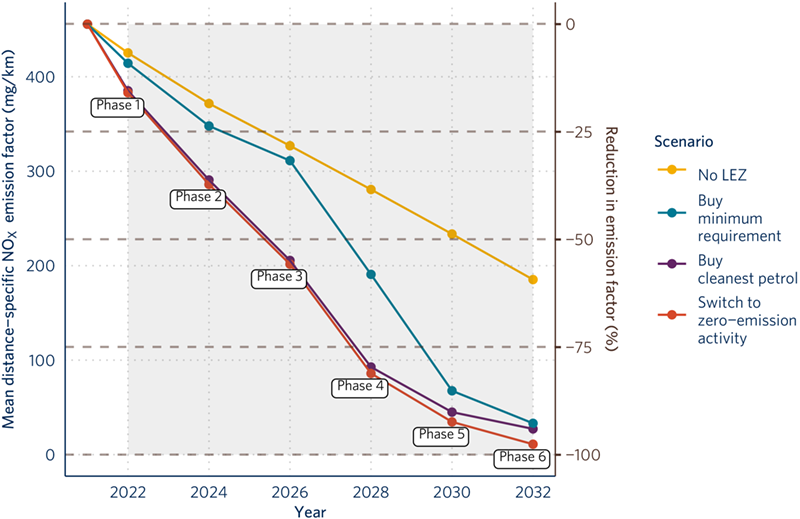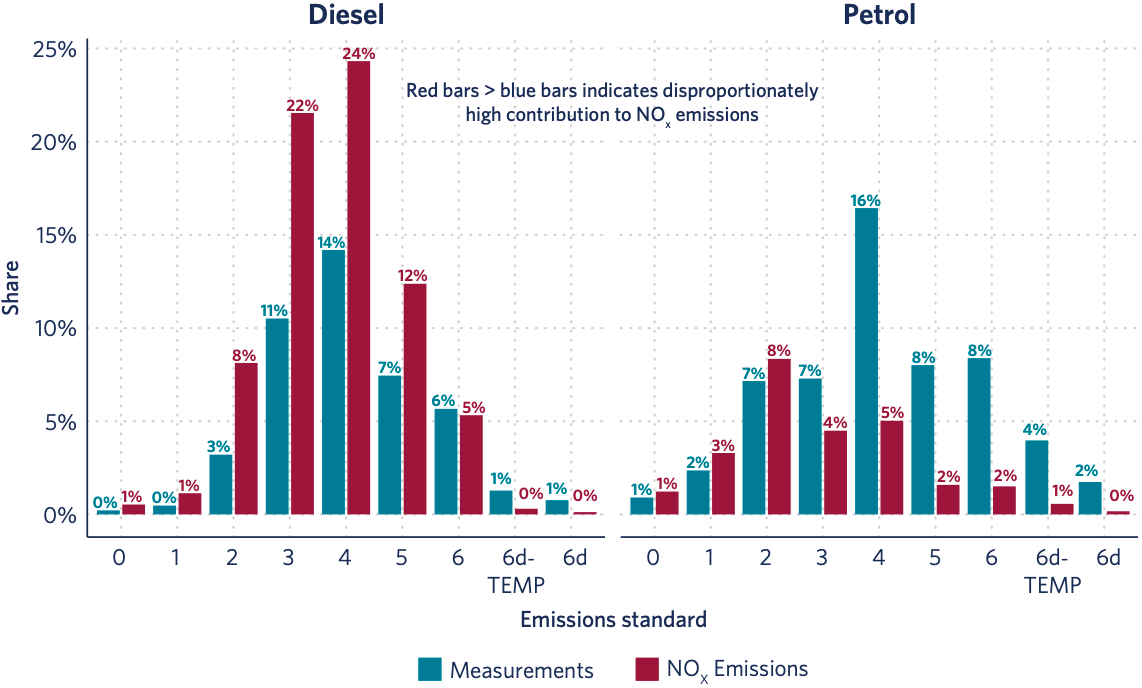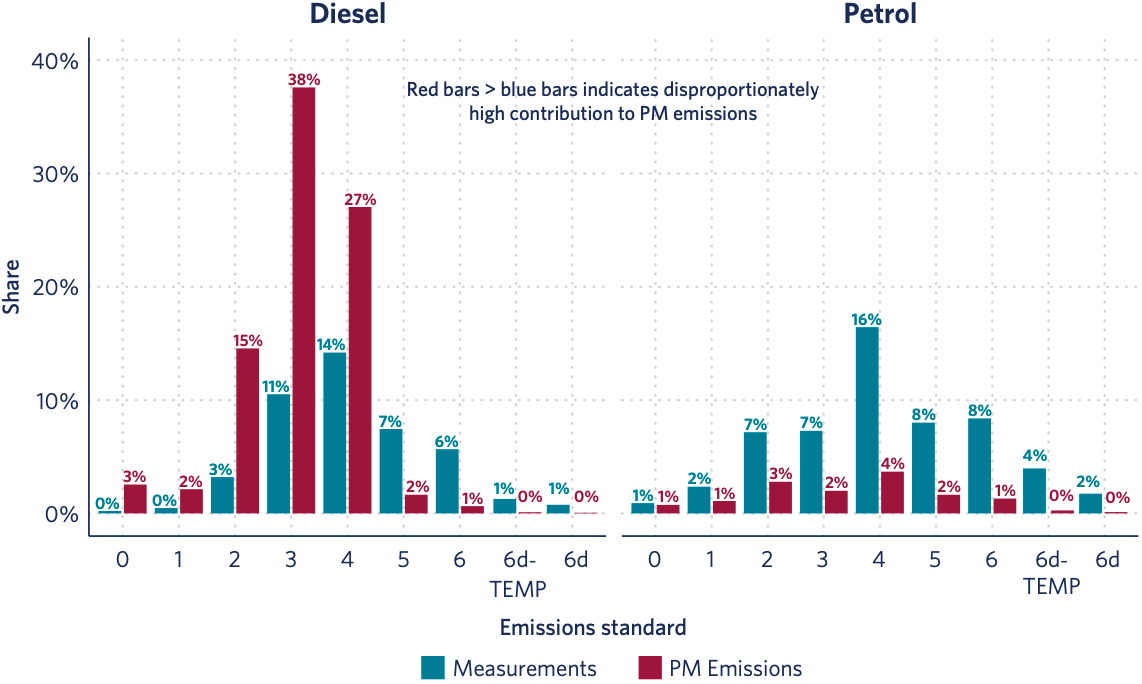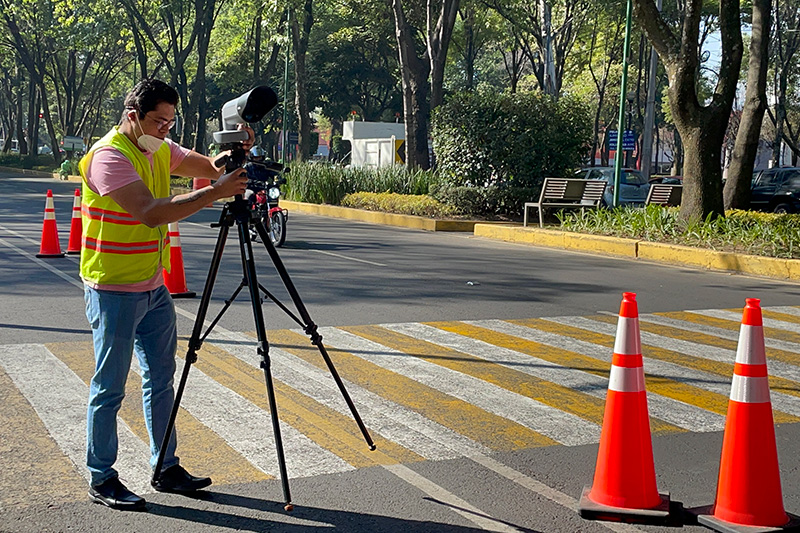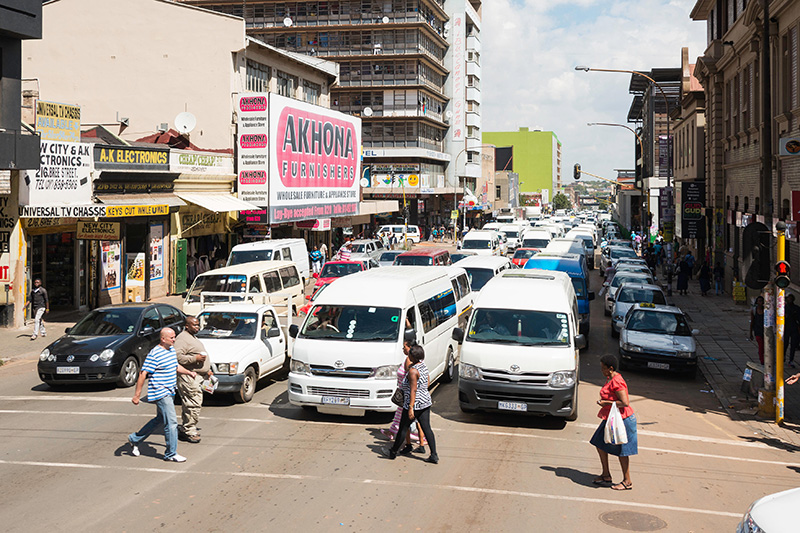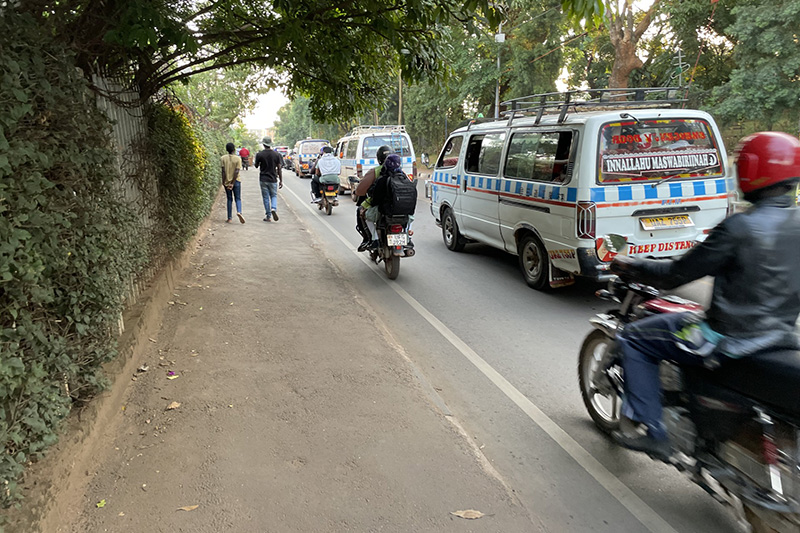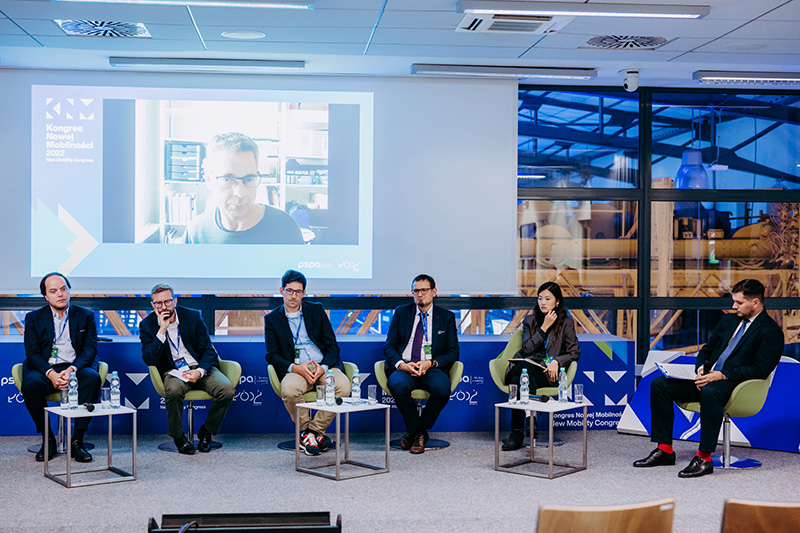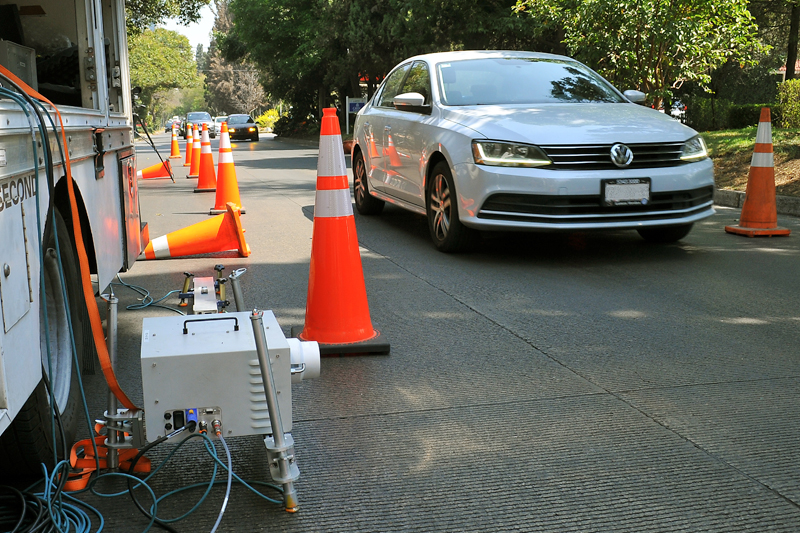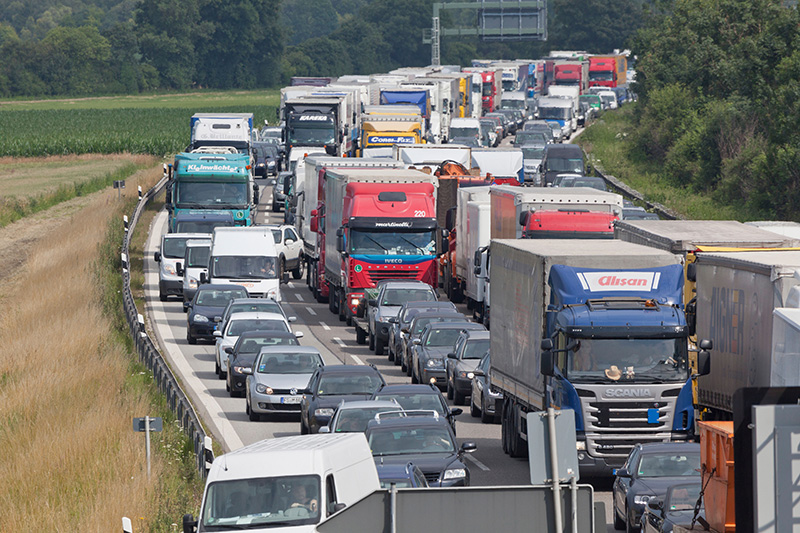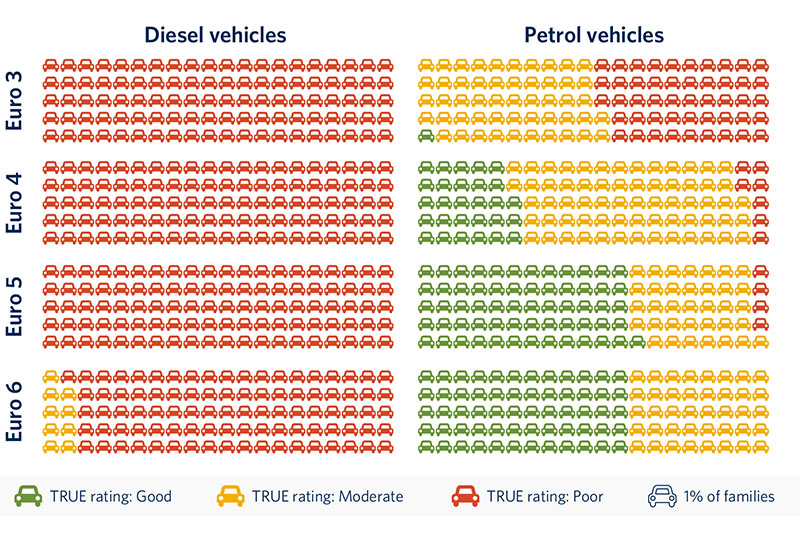How Low Emission Zones can improve Sofia air quality: new TRUE report
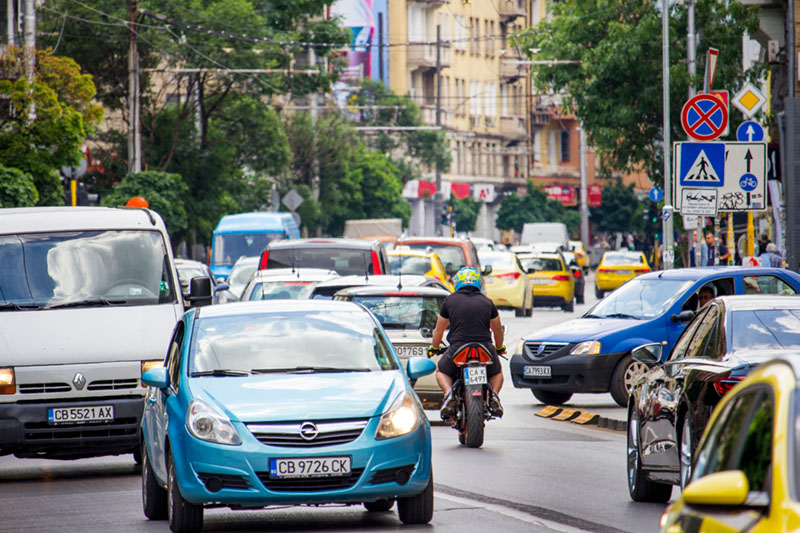
Low Emission Zones (LEZs) could have a significant impact on air pollution in Sofia, according to new analysis conducted by TRUE partner the ICCT for the Clean Air Fund. The study, ‘Low-emission zone in Sofia: Projected NOx and PM emissions benefits,’ highlighted that Euro 4 standard diesel cars and older are responsible for 56% of total nitrogen oxide (NOx) emissions and 85% of total fine particulate (PM) emissions in the city.
The findings were launched at a hybrid online and in-person event, ‘Challenges and opportunities to improve air quality,’ organized by the Clean Air Fund in partnership with ICCT, FIA Foundation, TRUE, the Swedish-Bulgarian Chamber of Commerce and Sofia Green.
Residents of the Bulgarian capital of Sofia are exposed to some of the highest levels of European urban air pollution and has recently been fined for breaching EU air quality regulations. The causes of the poor air quality are, in significant part, caused by an older and growing private car fleet (the city has 663 cars per 1000 inhabitants, more than 50% then the EU average.) The city has been seeking solutions to address its poor air quality, and plans have recently been announced for a LEZ, by Sofia Mayor Yordanka Fandakova, making TRUE’s analysis timely to maximize the potential policy impacts.
The study examines the impact of the introduction of a LEZ in Sofia on emissions of harmful air pollutants from vehicles using a combination of Europe-wide TRUE real-world emissions data with specific remote sensing data from Sofia conducted in 2020. The study concluded that a more than 90% reduction in average car NOx emissions could be realistically achieved by 2032, modelling shows, by introducing an incremental LEZ from 2022. It also identified that a LEZ introduction would double PM reductions within two years.
The report also highlights crucial factors that would impact the air quality improvements a LEZ could deliver, including the promotion of zero-emission activities and geographic size of the LEZ.
Sheila Watson, Deputy Director of the FIA Foundation, said: “This research highlights how important real world emissions data can be to help cities understand the causes and solutions to toxic urban air. Ultimately it delivers a clear and simple message to city leaders who are planning the new LEZ and to the people of Sofia, who are living with the dangerous impact of dirty air, that targeting the worst emitting vehicles and shifting to safe and sustainable transport measures are essential to cleaning up Sofia’s air.”
